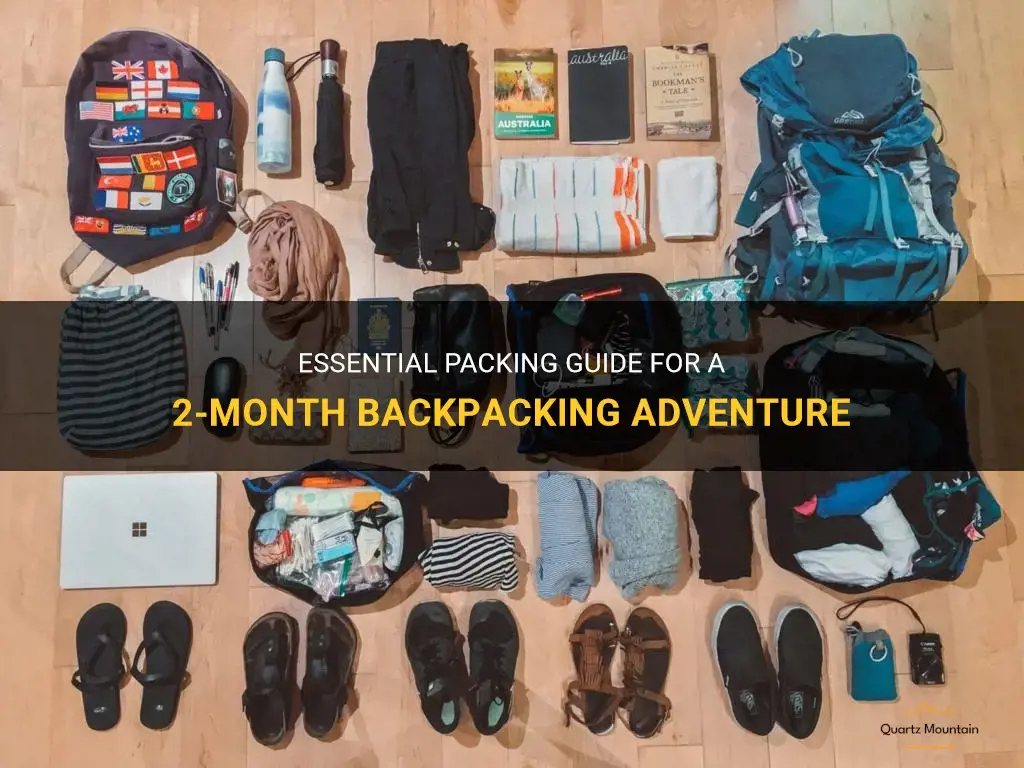
Are you planning a thrilling two-month backpacking adventure but have no idea where to start with your packing list? Look no further than our comprehensive Essential Packing Guide for a 2-Month Backpacking Adventure. From must-have gear to clothing essentials and travel accessories, we've got you covered. Say goodbye to overpacking and hello to worry-free exploration with this ultimate packing guide that will ensure you're prepared for anything that comes your way on your epic adventure.
What You'll Learn
- What essential clothing items should I pack for a two-month backpacking trip?
- What are some must-have gear and equipment for a long backpacking trip?
- How can I optimize my packing to ensure I have enough space and weight capacity for all necessary items?
- Are there any specific toiletries or personal care items I should bring on a two-month backpacking adventure?
- What are some tips for packing food and cooking supplies for an extended backpacking trip?

What essential clothing items should I pack for a two-month backpacking trip?
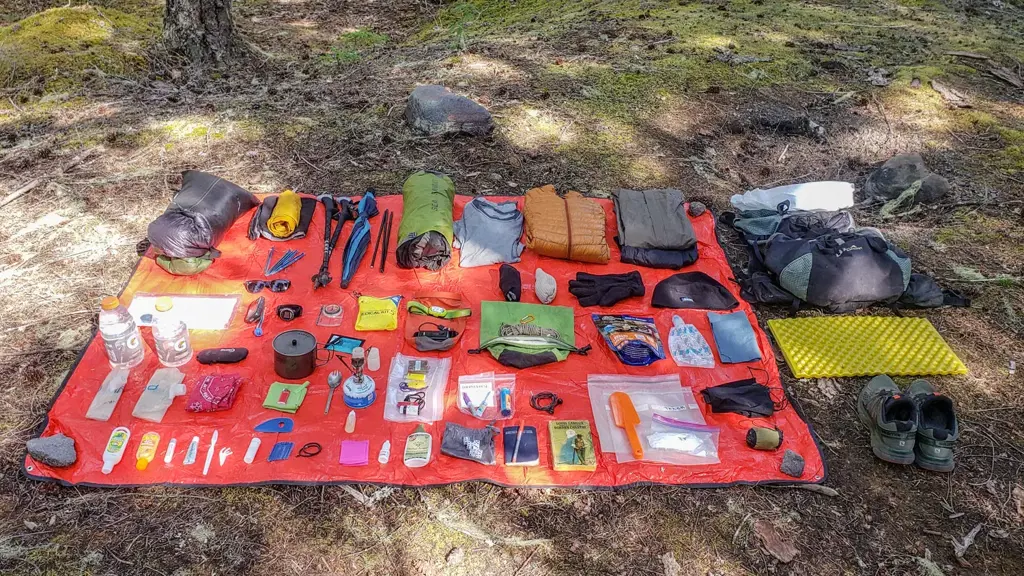
Embarking on a two-month backpacking trip is an exciting adventure that requires careful planning and preparation. One of the most important aspects of your preparation is packing the right clothing items. Choosing the right clothes can make all the difference between a comfortable and enjoyable trip or a stressful and uncomfortable one. In this article, we will discuss the essential clothing items that you should pack for your two-month backpacking trip.
Moisture-wicking T-shirts and Tops:
When it comes to backpacking, comfort is key. Opt for moisture-wicking T-shirts and tops made of lightweight and breathable materials such as merino wool or synthetic fibers. These materials help wick away sweat and keep your body cool and dry, preventing chafing and discomfort. It is advisable to pack at least five to seven T-shirts or tops for a two-month trip.
Quick-drying Pants and Shorts:
Invest in quick-drying pants and shorts that are durable and lightweight. Look for pants and shorts made of nylon or a nylon blend with a water-repellent finish. These materials dry quickly, allowing you to wash them on the go and wear them again. Choose convertible pants that can be turned into shorts when the weather gets warmer, providing versatility and saving space in your backpack.
Insulating Layers:
Depending on the climate and season of your backpacking trip, it is essential to pack appropriate insulating layers. Bring a lightweight down or synthetic insulated jacket that can provide warmth on cooler days and nights. Pack a fleece or wool sweater for added insulation and versatility.
Rain Gear:
Don't forget to pack reliable rain gear to protect yourself from unexpected rain showers. Look for a lightweight, waterproof, and breathable rain jacket that can easily fit in your backpack. Also, bring a packable rain poncho or a rain cover for your backpack to keep your belongings dry.
Compression Socks:
When backpacking, your feet go through a lot of stress and strain. Invest in high-quality compression socks to improve blood circulation, reduce swelling, and prevent blisters. Compression socks also help to keep your feet dry and comfortable, even during long hikes.
Sturdy Hiking Boots:
Your choice of footwear is crucial for a successful backpacking trip. Invest in a pair of sturdy hiking boots that provide excellent ankle support and comfort. Look for boots that are waterproof and breathable to protect your feet from moisture while allowing them to breathe.
Hat and Sunglasses:
Protect yourself from the sun's harmful rays by packing a wide-brimmed hat and sunglasses. Choose a hat that provides shade for your face, neck, and ears, and opt for sunglasses that offer UV protection. These accessories will keep you comfortable and protect you from the elements.
Swimsuit:
If your backpacking trip includes any water-related activities or swimming opportunities, don't forget to pack a swimsuit. Choose a quick-drying swimsuit that is comfortable and provides freedom of movement.
Remember to pack enough socks, underwear, and bras to last for the entire duration of your trip. It is also advisable to bring a lightweight sleeping bag, a microfiber towel, and a small sewing kit for any clothing repairs.
In conclusion, packing the right clothing items for a two-month backpacking trip is crucial for your comfort and overall experience. Choose moisture-wicking T-shirts and tops, quick-drying pants and shorts, insulating layers, rain gear, compression socks, sturdy hiking boots, a hat and sunglasses, and a swimsuit. Don't forget to pack the appropriate number of socks, underwear, and bras, as well as a sleeping bag, towel, and sewing kit. With the right clothing items, you can fully enjoy your backpacking adventure while staying comfortable and prepared for any weather conditions or activities that may arise.
Essential Items to Pack for Your Trip to Rome
You may want to see also

What are some must-have gear and equipment for a long backpacking trip?
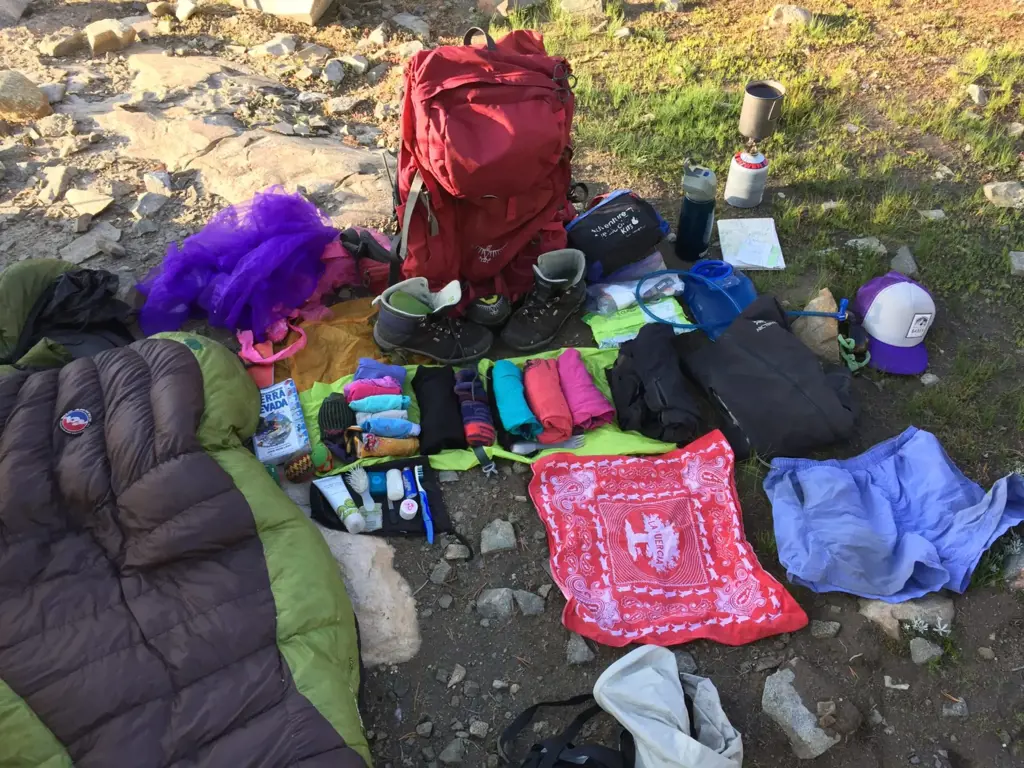
A long backpacking trip can be an exciting adventure, but it's important to be prepared with the right gear and equipment. Whether you're embarking on a multi-day hike through the wilderness or trekking across a foreign country, here are some must-have items that can enhance your experience and ensure your safety.
- Backpack: A high-quality backpack is essential for carrying all your gear. Look for one with a comfortable hip belt and adjustable shoulder straps. It should also have enough compartments to organize your belongings.
- Tent: A lightweight and sturdy tent is crucial for shelter during overnight stays. Consider factors such as size, weight, and ease of set-up. Look for one that is waterproof, has good ventilation, and provides enough room for you and your gear.
- Sleeping bag: Choose a sleeping bag that is appropriate for the climate you'll be encountering. Consider factors such as temperature rating, weight, and packability. Down-filled sleeping bags provide excellent insulation and are lightweight, but synthetic-filled bags are more suitable for wet conditions.
- Sleeping pad: A sleeping pad provides insulation and padding for a comfortable sleep. Look for one that is lightweight, durable, and easy to pack. Self-inflating pads are popular as they offer convenience and comfort.
- Cooking equipment: A lightweight stove, cookware, and utensils are essential for preparing meals on the trail. Opt for a compact stove that is fuel-efficient and easy to operate. Titanium or aluminum cookware is lightweight and durable.
- Water filtration system: Clean drinking water is crucial when backpacking. Investing in a reliable water filtration system will ensure that you have access to safe drinking water. Look for one that is lightweight, portable, and filters out bacteria and viruses.
- Clothing and footwear: Dressing in layers is essential for backpacking, as weather conditions can change quickly. Pack clothing that is moisture-wicking, breathable, and quick-drying. Invest in a good pair of hiking boots or trail shoes that provide ankle support and traction.
- Navigation tools: It's essential to have the right navigation tools to avoid getting lost. A map and compass are fundamental, but a GPS device or a smartphone with a reliable hiking app can also be helpful. Make sure to have spare batteries or a power bank.
- First aid kit: Accidents can happen, so it's crucial to carry a basic first aid kit. Include items like bandages, antiseptic wipes, pain relievers, and any medications you may need. Familiarize yourself with basic first aid techniques before your trip.
- Personal care items: Don't forget toiletries such as toothbrush, toothpaste, sunscreen, insect repellent, and toilet paper. Pack them in small, lightweight containers to save space.
Remember to research and test your gear before embarking on a long backpacking trip. Practice setting up your tent, using your stove, and filtering water to familiarize yourself with the equipment. This will help ensure that you have a smooth and enjoyable journey. Additionally, always pack extra food, water, and clothing to account for any unforeseen circumstances. Happy backpacking!
Top Essentials to Pack for a Caribbean Cruise in December
You may want to see also

How can I optimize my packing to ensure I have enough space and weight capacity for all necessary items?
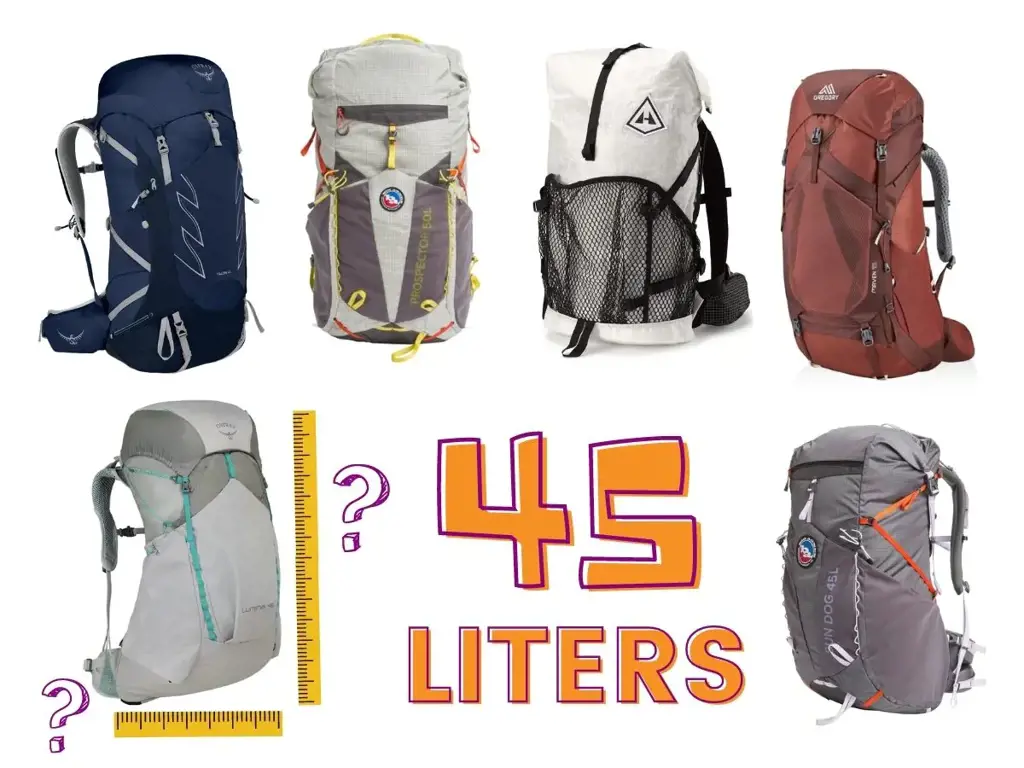
When it comes to packing for a trip, whether it's for a weekend getaway or a month-long adventure, optimizing your packing is essential. You want to ensure that you have enough space and weight capacity for all the necessary items without exceeding any baggage weight limits. In this article, we will provide you with some science-based tips, personal experience, step-by-step guidance, and examples on how to optimize your packing for any trip.
- Make a packing list based on the duration and purpose of your trip: Before you even start packing, create a detailed list of all the items you will need. Consider the duration and purpose of your trip when making this list. For example, if you're going on a beach vacation, you'll want to pack swimwear, sunscreen, and beach towels. Having a well-thought-out packing list will help you avoid overpacking.
- Use packing cubes or compression bags: Packing cubes and compression bags are excellent tools for maximizing space in your luggage. These tools allow you to compress your clothing and other soft items, reducing their overall volume. Additionally, packing cubes can help you stay organized during your trip, making it easier to find specific items in your suitcase.
- Roll your clothes: Rolling your clothes instead of folding them can also help save space in your luggage. This technique minimizes creases and allows you to fit more items into your suitcase. Additionally, rolling your clothes can make them more compact and easier to pack in small nooks and crannies.
- Wear your bulkiest items during travel: If you have bulky items such as jackets or boots, consider wearing them during your travel instead of packing them in your suitcase. Wearing your bulkiest items will free up valuable space in your luggage and prevent them from taking up unnecessary weight.
- Choose lightweight and multipurpose items: When selecting clothing and accessories for your trip, opt for lightweight and multipurpose items. Lightweight clothing reduces the overall weight of your luggage, while multipurpose items serve multiple functions, allowing you to pack fewer items. For example, a sarong can be used as a beach cover-up, a picnic blanket, or a scarf.
- Consider the weather and laundry facilities at your destination: If you're traveling to a destination with laundry facilities or warm weather, pack fewer clothes and plan to do laundry during your trip. This strategy can significantly reduce the amount of clothing you need to pack, freeing up space and weight capacity for other essential items.
- Avoid overpacking on toiletries: Toiletries can quickly take up valuable space in your luggage. Opt for travel-sized containers or decant your favorite products into reusable travel-sized bottles. Additionally, check if your accommodation provides basic toiletries to avoid packing items that are readily available at your destination.
- Use packing as an opportunity to declutter: Packing for a trip can be a great time to declutter your belongings. Take the opportunity to assess which items are truly necessary for your trip and eliminate any unnecessary items. This will help you maximize space and weight capacity while avoiding overpacking.
Example:
Let's say you're packing for a week-long hiking trip. Your packing list might include hiking boots, a rain jacket, a hat, and a water bottle. To optimize your packing, you could roll your clothes, use packing cubes to compress them, and wear your hiking boots during travel. You might also choose lightweight, moisture-wicking clothing to minimize weight. Additionally, you could research if your accommodation has laundry facilities, allowing you to pack fewer clothes and do laundry during your trip. By applying these strategies, you can ensure that you have enough space and weight capacity for all the necessary items without exceeding any baggage restrictions.
Essential Gear: What to Pack for a Short Hike
You may want to see also

Are there any specific toiletries or personal care items I should bring on a two-month backpacking adventure?
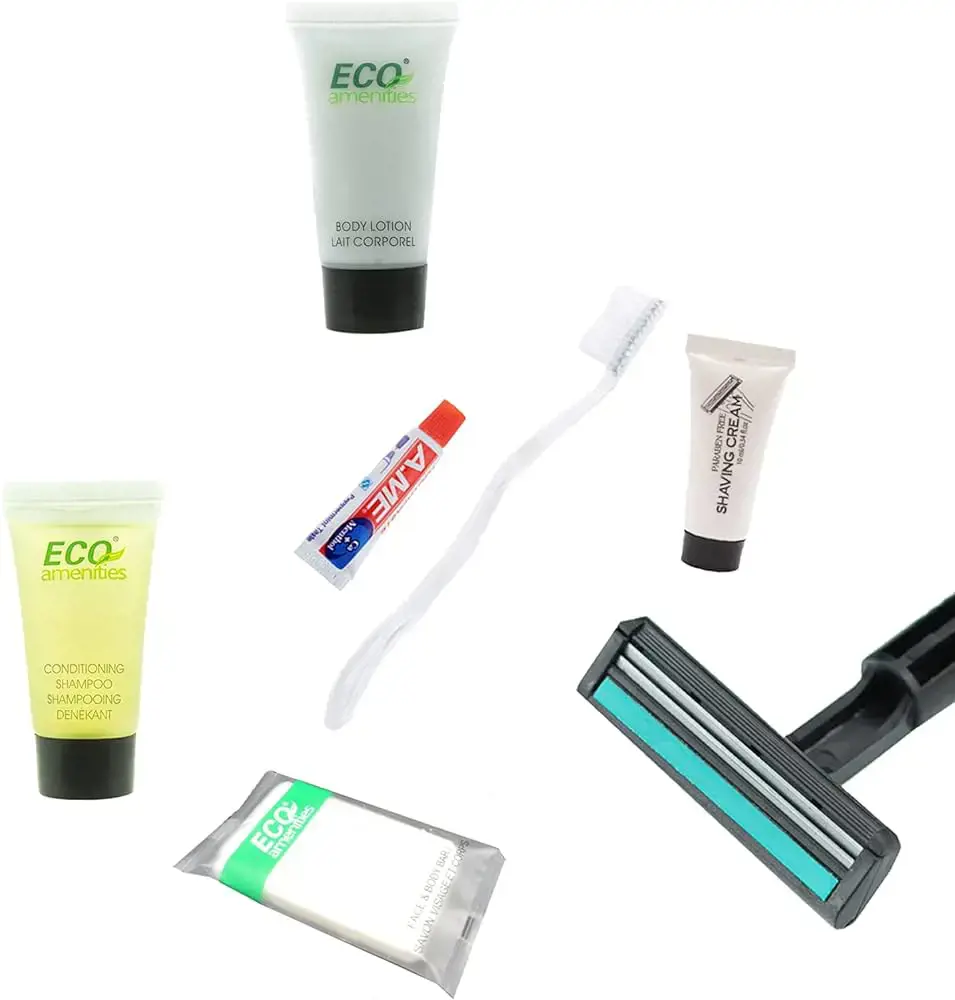
When embarking on a two-month backpacking adventure, it is important to carefully select the toiletries and personal care items you bring to ensure you are prepared for your journey. While the specific items you may need will vary depending on your personal preferences and destination, there are a few essentials that should be included in any backpacking toiletry kit.
- Travel-sized toiletries: When backpacking, space is limited, so it's best to bring travel-sized toiletries to save on space and weight. Look for small bottles or tubes of shampoo, conditioner, body wash, and toothpaste. If you have specific preferences for certain brands, you can transfer them into travel-sized containers.
- Biodegradable soap: When camping or backpacking in nature, it's important to use biodegradable soap to minimize your impact on the environment. Look for biodegradable options for both body wash and dish soap, as you may need to wash your dishes while on the trail.
- Baby wipes: Baby wipes are a versatile and handy item to have while backpacking. They can be used for quick clean-ups, wiping down dirty surfaces, and even as makeshift toilet paper. Look for unscented wipes to avoid attracting wildlife or irritating your skin.
- Hand sanitizer: Keeping your hands clean is essential for good hygiene while on the trail. Pack a small bottle of hand sanitizer to use when soap and water are not readily available. Opt for a travel-sized container for convenience.
- Sunscreen: Protecting your skin from the sun's harmful rays is important, especially when spending long days outdoors. Choose a broad-spectrum sunscreen with a high SPF and make sure to apply it regularly throughout the day.
- Insect repellent: Insect repellent is a must for any backpacking adventure, especially if you'll be exploring areas with a high mosquito population or at risk of insect-borne diseases. Look for a repellent containing DEET or other effective ingredients, and consider bringing a small citronella candle to create a mosquito-free zone at your campsite.
- Quick-drying towel: Pack a lightweight, quick-drying towel that takes up minimal space in your backpack. Microfiber towels are a great option, as they are absorbent and dry quickly, allowing you to stay fresh and clean while on the go.
- Toilet paper and trowel: While some campsites may have bathroom facilities, it's always a good idea to bring your own toilet paper and a lightweight backpacking trowel for when nature calls. Remember to practice Leave No Trace principles and bury your waste properly.
- Toothbrush and dental floss: Good dental hygiene is important, even while backpacking. Pack a travel-sized toothbrush and a small roll of dental floss to keep your teeth and gums healthy.
- First aid kit: It's always important to be prepared for any minor injuries or illnesses that may occur while on the trail. Pack a small first aid kit that includes items such as band-aids, antiseptic ointment, pain relievers, and any personal medications you may need.
Remember, when choosing your toiletries and personal care items for a backpacking adventure, less is often more. Aim to pack lightweight, multi-purpose items that will serve your needs without adding unnecessary weight to your backpack. Additionally, check the regulations and restrictions for your destination, as some areas may have specific requirements or limitations on certain toiletries or personal care items. With the right essentials packed, you can stay clean, fresh, and prepared for your two-month backpacking adventure.
Essential Items to Pack for a Memorable Vacation to Florida: A Comprehensive Checklist
You may want to see also

What are some tips for packing food and cooking supplies for an extended backpacking trip?
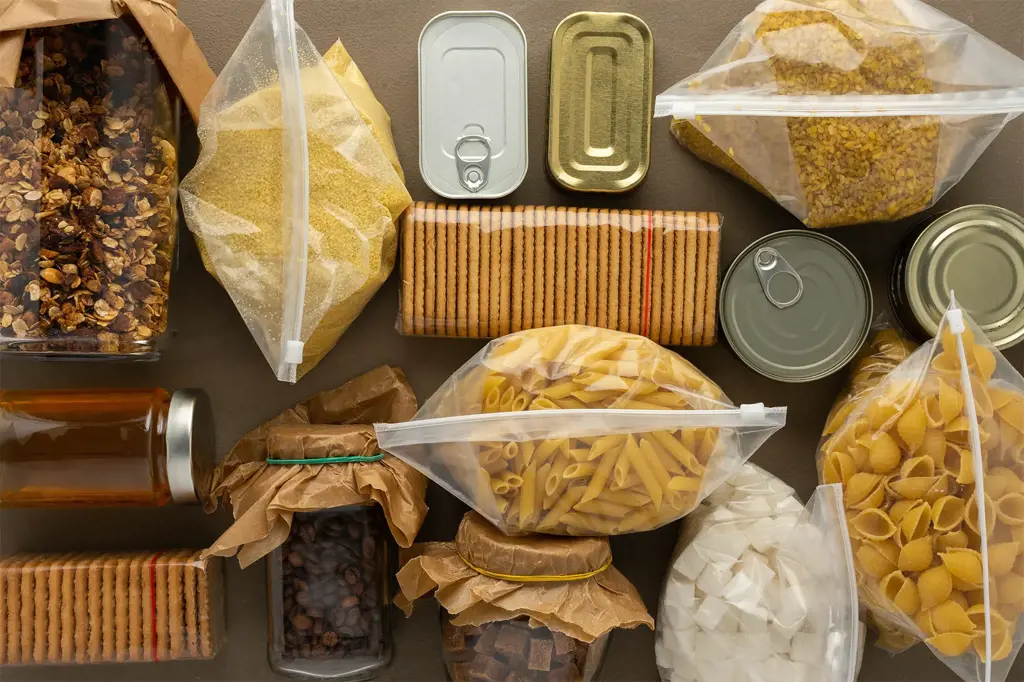
When going on an extended backpacking trip, packing the right food and cooking supplies is essential for a successful and enjoyable experience. Whether you're hiking through the mountains or exploring remote wilderness areas, here are some tips to help you pack and prepare your meals on the go.
- Plan your meals: Before heading out, take some time to plan your meals for the duration of your trip. Consider the length of your hike, the number of meals you'll need, and any dietary restrictions or preferences. Make a list of all the ingredients you'll need for each meal, and estimate the quantities required.
- Choose lightweight and portable food: When backpacking, every ounce counts. Opt for lightweight, calorie-dense food items that are easy to pack and won't weigh you down. Dehydrated meals, energy bars, nuts, and dried fruits are all excellent options. These foods provide essential nutrients and can be prepared quickly with minimal cooking.
- Invest in a quality stove: A reliable and efficient backpacking stove is a must-have item for cooking on the trail. Look for a lightweight stove that is suitable for your needs. There are various types available, including canister stoves, alcohol stoves, and wood-burning stoves. Consider factors such as ease of use, fuel availability, and the cooking time required for different stove options.
- Pack multi-purpose cookware: To save space and weight, choose cookware that can serve multiple purposes. Look for lightweight pots and pans with foldable or detachable handles. Consider investing in a pot set that includes different-sized pots and lids. This will allow you to cook a variety of meals while minimizing the amount of cookware you need to carry.
- Bring essential utensils: Don't forget to pack the necessary utensils for cooking and eating. A lightweight backpacking stove usually comes with a built-in ignitor and a pot stand. You will need a spoon or fork for stirring and eating. Consider using sporks, which combine a spoon and fork in one utensil. You might also need a small knife for cutting and preparing food.
- Use resealable bags for storage: Instead of carrying bulky food packaging on your trip, transfer your meals and ingredients into resealable bags. This method saves space and reduces waste. Label each bag with the contents and cooking instructions, if necessary. It's also a good idea to pack an extra bag or two for storing leftovers or keeping your trash organized.
- Consider your water source: When backpacking, access to clean water is crucial. Research the route you will be taking and determine if there are reliable water sources along the way. If not, you may need to carry your water or bring a water filter or purifier to treat water from natural sources such as streams or lakes.
- Follow proper food safety guidelines: When backpacking, it's important to follow proper food safety practices to prevent illness. Store perishable foods in insulated containers to keep them cool. Keep raw meats separate from other food items to avoid cross-contamination. If you're unsure about the safety of a particular food item, it's better to err on the side of caution and leave it behind.
By following these tips and planning ahead, you can ensure that you have everything you need for cooking and enjoying delicious meals during your extended backpacking trip. Remember to pack lightweight, portable food, invest in the right cooking equipment, and adhere to food safety guidelines to make the most of your outdoor adventure.
Essential Packing Guide for a Memorable Month-Long Trip to Europe
You may want to see also
Frequently asked questions
It is recommended to pack around 10-12 outfits for a two-month backpacking trip. This will give you enough variety for different climates and activities while keeping your luggage size manageable.
When packing for a two-month backpacking trip, it is important to pack versatile clothing that can be easily layered. Opt for lightweight, breathable fabrics that can be worn in different combinations, such as t-shirts, long-sleeved shirts, hoodies, and jackets. Don't forget to pack clothes suitable for various weather conditions, including rain gear and warmer layers for colder climates.
It is recommended to pack a maximum of two pairs of shoes for a two-month backpacking trip. Choose one pair of comfortable walking shoes or hiking boots for outdoor activities, and one pair of lightweight, casual shoes for daily wear. This will minimize the weight and space in your backpack while still giving you options for different occasions.
Some essential items to pack for a two-month backpacking trip include a good quality backpack, a lightweight sleeping bag, a travel towel, a first aid kit, a portable charger, a universal travel adapter, a reusable water bottle, a headlamp or flashlight, a multi-tool or Swiss army knife, and a travel-sized toiletry kit. These items will help ensure your comfort, safety, and convenience during your trip.







